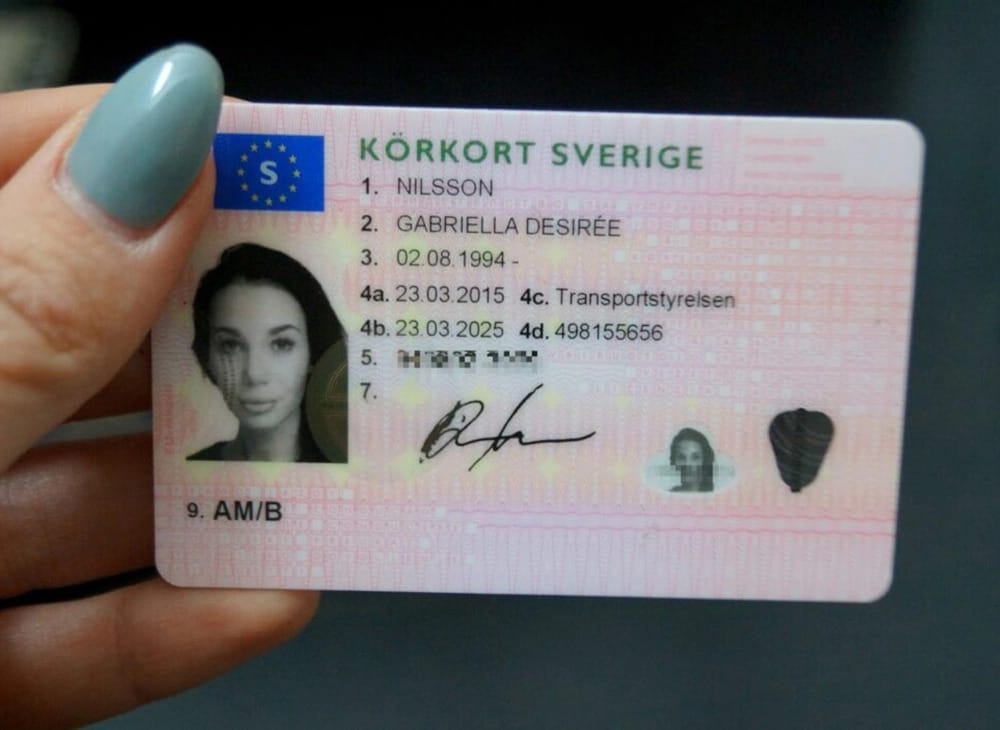10 Facts About Buy Taxi License Driving License That Will Instantly Se…
페이지 정보

본문
Navigating the World Without a Driver's License: Exploring Alternatives and Implications
In today's world, where movement is a cornerstone of life, the idea of living without a driver's license may seem challenging. Nevertheless, for some people, the choice to pass up a driver's license is a mindful option driven by various aspects, including ecological issues, cost, and individual choice. This post looks into the options to driving and the ramifications of living without a driver's license, providing a thorough guide for those considering this lifestyle.
Comprehending the Decision
Picking not to have a driver's license is an individual decision that can originate from a number of reasons. For some, it's a commitment to minimizing their carbon footprint and promoting sustainable living. Others find the cost of owning and keeping a lorry expensive, while some merely prefer the convenience and liberty of other modes of transportation. Despite the inspiration, living without a driver's license needs careful preparation and a desire to adapt.

Alternatives to Driving
Public Transportation
- Buses and Trains: Public transport systems, such as buses and trains, are often the most reliable and cost-efficient options. They are accessible in most metropolitan locations and supply a structured way to navigate cities and rural regions.
- Train and Light Rail: In larger cities, subways and light rail systems offer fast and efficient travel, typically bypassing heavy traffic and decreasing travel time.
Ride-Sharing Services
- Uber and Lyft: These popular ride-sharing apps offer on-demand transport, making it easy to get around without a car. They are especially beneficial for late-night travel and in locations with limited public transport.
- Carpooling: Joining or forming carpool groups can lower expenses and environmental effect. Many neighborhood platforms and apps help with carpooling for regular commutes.
Bicycles and E-Scooters
- Bikes: Cycling is a healthy and environment-friendly method to take a trip, especially for shorter distances. Numerous cities have actually committed bike lanes and bike-sharing programs to encourage this mode of transportation.
- Electric Scooters: E-scooters are a trendy and hassle-free option for fast, short trips. They are often readily available through rental services in urban locations and can be a fun option to conventional modes of transportation.
Strolling and Jogging
- Walking: For those living in walkable neighborhoods, walking is a basic and efficient method to stay active and get around. It's complimentary, needs no unique equipment, and benefits the environment.
- Jogging: Similar to strolling, jogging can be a healthy and low-priced way to travel, especially for short distances.
Electric and Hybrid Vehicles
- Electric Scooters and Bikes: For those who still want the benefit of a personal car however are worried about the environment, electrical scooters and bikes are a practical choice. They are low-maintenance and produce fewer emissions.
- Hybrid Cars: If the decision to avoid a driver's license is primarily due to ecological concerns, however the need for a car is inescapable, hybrid vehicles use a middle ground. They combine traditional gas engines with electrical motors to reduce fuel intake and köpa Körkort A2 köp Sverige körkort (Https://Gm6699.Com) emissions.
Telecommuting and Remote Work
- Work from Home: Many business now provide remote work choices, enabling employees to work from home or other places. This can significantly lower the need for daily commuting and the associated costs.
- Virtual Meetings: Technology has made it possible to conduct business meetings and other interactions practically, further lowering the requirement for travel.
Ramifications of Living Without a Driver's License
Financial Savings
- Lowered Vehicle Costs: Not having a car suggests avoiding costs such as car payments, insurance, maintenance, and fuel.
- Mass Transit Costs: While public transport does have costs, they are normally lower than those related to owning a car.
Environmental Impact
- Lower Carbon Emissions: By preventing the usage of personal automobiles, individuals can substantially lower their carbon footprint, contributing to a more sustainable environment.
- Minimized Traffic Congestion: Fewer cars on the road can lead to lowered traffic jam, making travel more effective for everybody.
Health Benefits
- Increased Physical Activity: Using alternatives like strolling, running, and cycling can enhance physical health and psychological wellness.
- Reduced Stress: Avoiding the everyday inconveniences of driving, such as traffic and parking, can lead to a more relaxed and worry-free lifestyle.
Social and Community Engagement
- Neighborhood Connections: Relying on mass transit or ride-sharing services can cultivate a sense of community and social interaction.
- Support for Local Businesses: Walking or cycling to regional organizations can help support the regional economy and decrease reliance on big, ecologically unfriendly corporations.
Legal and Practical Considerations
- Recognition Issues: In lots of countries, a driver's license acts as a main form of recognition. People without a license might require to bring alternative forms of ID, such as a passport or state-issued ID card.
- Travel Restrictions: Without a driver's license, travel to remote locations or locations with minimal public transport can be challenging. Preparation ahead and using alternative transport methods is important.
FAQs
Q: How can I get around if I live in a rural location without a driver's license?
- A: In backwoods, choices like ride-sharing services, carpooling, and public transport might be limited. Consider signing up with community groups or KöPa C KöRkort Online platforms to discover local carpooling options. Electric scooters and bikes can likewise work for shorter ranges. Furthermore, many rural locations have neighborhood transport services that can be accessed for necessary journeys.
Q: Can I still take a trip globally without a driver's license?
- A: Absolutely. A driver's license is not required for most international travel. However, you may need a passport or other forms of identification. For nations where driving is essential, you can rent a car with a valid driver's license or use regional transportation services.
Q: What are the very best apps for finding ride-sharing and carpooling options?
- A: Popular apps for ride-sharing consist of Uber, Lyft, and Bolt. For carpooling, Waze Carpool, Ridester, and Scoop are highly advised. These apps frequently provide real-time info on readily available trips and help connect you with chauffeurs heading in the exact same direction.
Q: How do I manage without a driver's license if it is required for numerous types of identification?
- A: In lots of locations, a state-issued ID card or a passport can work as a main type of identification. It's likewise an excellent concept to carry numerous forms of ID, such as a credit card or a voter registration card, to ensure you are gotten ready for numerous scenarios.
Q: Are there any health risks associated with using public transportation?
- A: While public transportation can expose individuals to a higher threat of infectious illness, especially in crowded conditions, the benefits frequently exceed the risks. Practicing great health, such as cleaning hands routinely and using a mask, can help alleviate these dangers. In addition, numerous public transport systems have executed safety steps to secure travelers.
Q: What are the ecological benefits of not driving a car?
- A: Not driving a car can substantially minimize your carbon footprint. Cars are a significant source of greenhouse gas emissions, and by going with mass transit, biking, or walking, you can add to a healthier environment. This also helps in reducing air contamination and traffic jam, improving overall quality of life.
Living without a driver's license is a feasible and frequently advantageous option for lots of individuals. By checking out and using alternative modes of transport, one can save money, lower their ecological effect, and improve their health and well-being. While there are obstacles, such as browsing identification and travel problems, the benefits frequently make the effort beneficial. Whether driven by personal worths or useful factors to consider, the decision to forgo a driver's license can lead to a more sustainable and fulfilling lifestyle.
Extra Resources
- Mass Transit Apps: Transit, Moovit, Citymapper
- Cycling and Walking Apps: Strava, MapMyRide, Google Maps
- Community Carpooling Platforms: Waze Carpool, Ridester, Scoop
- Remote Work and Telecommuting Tools: Zoom, Microsoft Teams, Slack
By embracing these options, people can create a way of life that lines up with their values and requirements, contributing to a more sustainable and connected world.
- 이전글The Benefits Of Get French Driving License At The Very Least Once In Your Lifetime 25.04.23
- 다음글5 Registered Driving License Buy Experiences Lessons Learned From The Pros 25.04.23
댓글목록
등록된 댓글이 없습니다.
